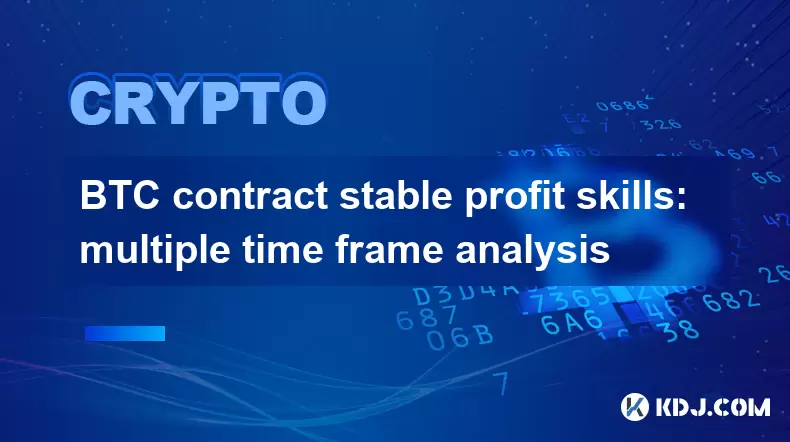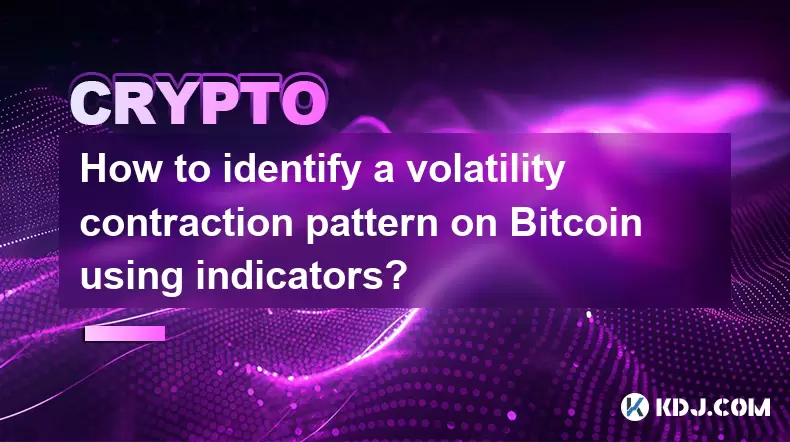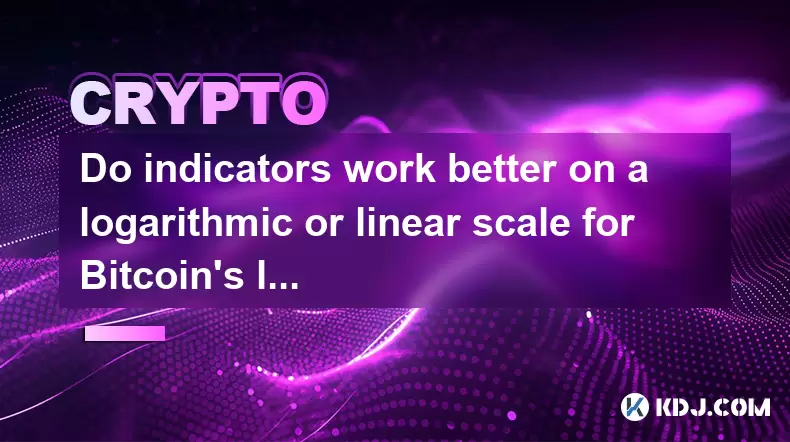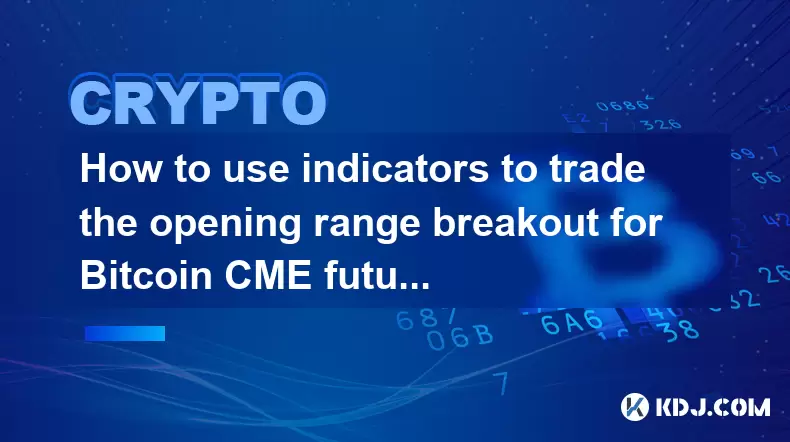-
 Bitcoin
Bitcoin $117900
0.31% -
 Ethereum
Ethereum $3766
0.28% -
 XRP
XRP $3.176
-0.31% -
 Tether USDt
Tether USDt $1.000
0.00% -
 BNB
BNB $795.6
1.51% -
 Solana
Solana $186.8
-1.09% -
 USDC
USDC $0.9999
-0.01% -
 Dogecoin
Dogecoin $0.2353
-1.33% -
 TRON
TRON $0.3226
1.49% -
 Cardano
Cardano $0.8172
-1.08% -
 Sui
Sui $4.178
3.06% -
 Hyperliquid
Hyperliquid $43.05
-3.39% -
 Stellar
Stellar $0.4367
-0.57% -
 Chainlink
Chainlink $18.62
1.47% -
 Hedera
Hedera $0.2828
6.63% -
 Bitcoin Cash
Bitcoin Cash $584.7
5.65% -
 Avalanche
Avalanche $24.81
2.53% -
 Litecoin
Litecoin $112.8
-0.88% -
 UNUS SED LEO
UNUS SED LEO $8.975
-0.08% -
 Shiba Inu
Shiba Inu $0.00001395
-1.07% -
 Toncoin
Toncoin $3.285
-1.05% -
 Ethena USDe
Ethena USDe $1.001
0.01% -
 Polkadot
Polkadot $4.123
0.76% -
 Uniswap
Uniswap $10.49
-0.18% -
 Monero
Monero $326.5
0.14% -
 Dai
Dai $0.9999
-0.02% -
 Bitget Token
Bitget Token $4.576
0.34% -
 Pepe
Pepe $0.00001247
-1.55% -
 Cronos
Cronos $0.1400
3.77% -
 Aave
Aave $295.1
-0.73%
BTC contract stable profit skills: multiple time frame analysis
Multiple time frame analysis helps BTC traders align trades with long-term trends while capitalizing on short-term movements for stable profits.
Jun 08, 2025 at 09:07 am

BTC contract stable profit skills: multiple time frame analysis
Trading Bitcoin (BTC) contracts can be a lucrative endeavor, but it requires a deep understanding of market dynamics and effective strategies. One of the most powerful techniques in a trader's arsenal is multiple time frame analysis. This method involves analyzing the same asset across different time frames to gain a comprehensive view of the market, allowing traders to make more informed decisions. In this article, we will delve into the intricacies of multiple time frame analysis and how it can be applied to achieve stable profits in BTC contract trading.
Understanding Multiple Time Frame Analysis
Multiple time frame analysis is a technique where traders look at the same asset on various time frames to get a clearer picture of the market trend. This approach helps in identifying both the long-term trend and short-term opportunities. By examining different time frames, traders can align their trades with the overarching market direction while capitalizing on shorter-term movements.
The key to successful multiple time frame analysis lies in selecting the right time frames. Typically, traders use a combination of long-term, medium-term, and short-term charts. For BTC contract trading, common time frames include:
- Long-term: Weekly or daily charts
- Medium-term: 4-hour or 1-hour charts
- Short-term: 15-minute or 5-minute charts
Setting Up Your Charts
To begin with multiple time frame analysis, you need to set up your trading platform to display multiple charts simultaneously. Here’s how you can do it:
- Open your trading platform and select the BTC contract you wish to trade.
- Add multiple charts to your workspace. Most platforms allow you to add multiple chart windows.
- Configure each chart to display a different time frame. For instance, set one chart to weekly, another to 4-hour, and a third to 15-minute.
By having these charts side by side, you can easily switch your focus between different time frames and analyze the market from various perspectives.
Analyzing the Long-Term Trend
The first step in multiple time frame analysis is to identify the long-term trend. This is crucial because it sets the context for all your trades. A strong understanding of the long-term trend helps you determine whether you should be looking for buying or selling opportunities.
- Start with the weekly chart. Look for clear trends, such as a series of higher highs and higher lows for an uptrend, or lower highs and lower lows for a downtrend.
- Confirm the trend on the daily chart. The daily chart should show similar patterns, reinforcing the trend identified on the weekly chart.
If the long-term trend is bullish, you should focus on buying opportunities. Conversely, if the trend is bearish, you should look for selling opportunities.
Identifying Medium-Term Opportunities
Once you have a clear understanding of the long-term trend, you can move to the medium-term charts to identify potential entry and exit points. The 4-hour and 1-hour charts are excellent for this purpose.
- Look for pullbacks or retracements in the direction of the long-term trend. For example, if the long-term trend is bullish, look for dips on the 4-hour chart that you can buy into.
- Identify key support and resistance levels on the medium-term charts. These levels can serve as entry and exit points for your trades.
By aligning your medium-term trades with the long-term trend, you increase the likelihood of making profitable trades.
Capitalizing on Short-Term Movements
The final piece of the puzzle is to use short-term charts to fine-tune your entry and exit points. The 15-minute and 5-minute charts are ideal for this purpose.
- Watch for price action signals on the short-term charts that align with your medium-term and long-term analysis. For instance, if you are looking to buy on a pullback, wait for a bullish signal on the 15-minute chart.
- Use technical indicators such as moving averages, RSI, and MACD to confirm your short-term entry and exit points.
By combining insights from all three time frames, you can enter and exit trades at the most opportune moments, maximizing your profits.
Risk Management and Position Sizing
While multiple time frame analysis can significantly enhance your trading performance, it is essential to pair it with robust risk management and position sizing strategies. Here are some key principles to follow:
- Set stop-loss orders to limit your potential losses. Place your stop-loss below key support levels if you are buying, or above key resistance levels if you are selling.
- Determine your position size based on your risk tolerance and the distance to your stop-loss. A common rule of thumb is to risk no more than 1-2% of your trading capital on any single trade.
- Adjust your position size according to the strength of the signal. Stronger signals from multiple time frames may warrant larger positions, while weaker signals should be approached with smaller positions.
By adhering to these risk management principles, you can protect your capital and ensure that your trading remains sustainable over the long term.
Practical Example: Applying Multiple Time Frame Analysis
Let’s walk through a practical example of how to apply multiple time frame analysis to a BTC contract trade.
- Long-term analysis: You observe that the weekly chart of BTC/USD shows a clear uptrend with higher highs and higher lows.
- Medium-term analysis: On the 4-hour chart, you notice a pullback to a key support level at $40,000, which aligns with the long-term uptrend.
- Short-term analysis: The 15-minute chart shows a bullish engulfing pattern at the $40,000 support level, indicating a potential reversal.
Based on this analysis, you decide to enter a long position on the BTC contract at $40,000. You set your stop-loss at $39,500, just below the support level, and aim for a target of $42,000, which is a resistance level identified on the 4-hour chart.
By aligning your trade with the long-term trend, entering at a medium-term support level, and confirming the entry with a short-term bullish signal, you maximize your chances of a profitable trade.
Frequently Asked Questions
Q1: How do I choose the right time frames for multiple time frame analysis?
A1: The choice of time frames depends on your trading style and goals. For long-term trend analysis, weekly and daily charts are commonly used. For medium-term opportunities, 4-hour and 1-hour charts are effective. For short-term entry and exit points, 15-minute and 5-minute charts are suitable. Adjust these time frames based on your preferred trading horizon.
Q2: Can multiple time frame analysis be used for other cryptocurrencies besides BTC?
A2: Yes, multiple time frame analysis can be applied to any cryptocurrency. The principles remain the same: identify the long-term trend, find medium-term opportunities, and fine-tune entry and exit points using short-term charts. The key is to adapt the time frames to the volatility and liquidity of the specific cryptocurrency you are trading.
Q3: How often should I update my multiple time frame analysis?
A3: The frequency of updating your analysis depends on the time frames you are using. For long-term trends, weekly updates may suffice. Medium-term trends should be reviewed daily or every few hours. Short-term charts may require constant monitoring, especially during active trading sessions. Adjust your update frequency based on market conditions and your trading strategy.
Q4: What are some common pitfalls to avoid when using multiple time frame analysis?
A4: Some common pitfalls include overcomplicating your analysis by using too many time frames, ignoring the long-term trend in favor of short-term movements, and failing to adjust your strategy as market conditions change. It’s also important to avoid confirmation bias, where you only seek information that supports your existing views. Always remain objective and flexible in your analysis.
Disclaimer:info@kdj.com
The information provided is not trading advice. kdj.com does not assume any responsibility for any investments made based on the information provided in this article. Cryptocurrencies are highly volatile and it is highly recommended that you invest with caution after thorough research!
If you believe that the content used on this website infringes your copyright, please contact us immediately (info@kdj.com) and we will delete it promptly.
- Cryptos to Watch in 2025: Punisher Coin, Chainlink, and the Altcoin Arena
- 2025-07-27 18:30:13
- Bitcoin, Altcoins, Rebound: Navigating the Crypto Comeback Trail
- 2025-07-27 18:30:13
- Ethereum, Bitcoin, and Altcoins: A Shift in Crypto Tides?
- 2025-07-27 19:10:13
- Windtree Therapeutics' Bold BNB Strategy: A $520 Million Crypto Play
- 2025-07-27 19:10:13
- Solana, Staking, and Unilabs: What's the Buzz in the Crypto Space?
- 2025-07-27 16:50:13
- VeChain, HBAR, Remittix: Navigating the Crypto Landscape in 2025
- 2025-07-27 17:10:12
Related knowledge

What is the significance of the 21-week EMA in a Bitcoin bull market?
Jul 10,2025 at 06:56pm
Understanding the 21-Week EMA in Cryptocurrency AnalysisThe 21-week Exponential Moving Average (EMA) is a technical indicator widely used by traders a...

How to identify a volatility contraction pattern on Bitcoin using indicators?
Jul 07,2025 at 07:28am
What is a Volatility Contraction Pattern in Bitcoin Trading?A volatility contraction pattern refers to a phase where the price movement of an asset, s...

Do indicators work better on a logarithmic or linear scale for Bitcoin's long-term chart?
Jul 08,2025 at 01:42pm
Understanding Chart Scales in Cryptocurrency TradingIn cryptocurrency trading, particularly for analyzing Bitcoin's long-term trends, chart scales pla...

What is the Woodies CCI indicator and can it be used for Bitcoin?
Jul 04,2025 at 05:14pm
Understanding the Woodies CCI IndicatorThe Woodies CCI indicator is a variation of the traditional Commodity Channel Index (CCI), which was originally...

How to use indicators to trade the opening range breakout for Bitcoin CME futures?
Jul 05,2025 at 07:35pm
What Is the Opening Range Breakout Strategy?The opening range breakout (ORB) strategy is a popular trading technique used in both traditional markets ...

How to use the Relative Vigor Index (RVI) for Bitcoin trading?
Jul 07,2025 at 02:00pm
Understanding the Relative Vigor Index (RVI)The Relative Vigor Index (RVI) is a technical analysis tool used to assess the strength of price movements...

What is the significance of the 21-week EMA in a Bitcoin bull market?
Jul 10,2025 at 06:56pm
Understanding the 21-Week EMA in Cryptocurrency AnalysisThe 21-week Exponential Moving Average (EMA) is a technical indicator widely used by traders a...

How to identify a volatility contraction pattern on Bitcoin using indicators?
Jul 07,2025 at 07:28am
What is a Volatility Contraction Pattern in Bitcoin Trading?A volatility contraction pattern refers to a phase where the price movement of an asset, s...

Do indicators work better on a logarithmic or linear scale for Bitcoin's long-term chart?
Jul 08,2025 at 01:42pm
Understanding Chart Scales in Cryptocurrency TradingIn cryptocurrency trading, particularly for analyzing Bitcoin's long-term trends, chart scales pla...

What is the Woodies CCI indicator and can it be used for Bitcoin?
Jul 04,2025 at 05:14pm
Understanding the Woodies CCI IndicatorThe Woodies CCI indicator is a variation of the traditional Commodity Channel Index (CCI), which was originally...

How to use indicators to trade the opening range breakout for Bitcoin CME futures?
Jul 05,2025 at 07:35pm
What Is the Opening Range Breakout Strategy?The opening range breakout (ORB) strategy is a popular trading technique used in both traditional markets ...

How to use the Relative Vigor Index (RVI) for Bitcoin trading?
Jul 07,2025 at 02:00pm
Understanding the Relative Vigor Index (RVI)The Relative Vigor Index (RVI) is a technical analysis tool used to assess the strength of price movements...
See all articles

























































































